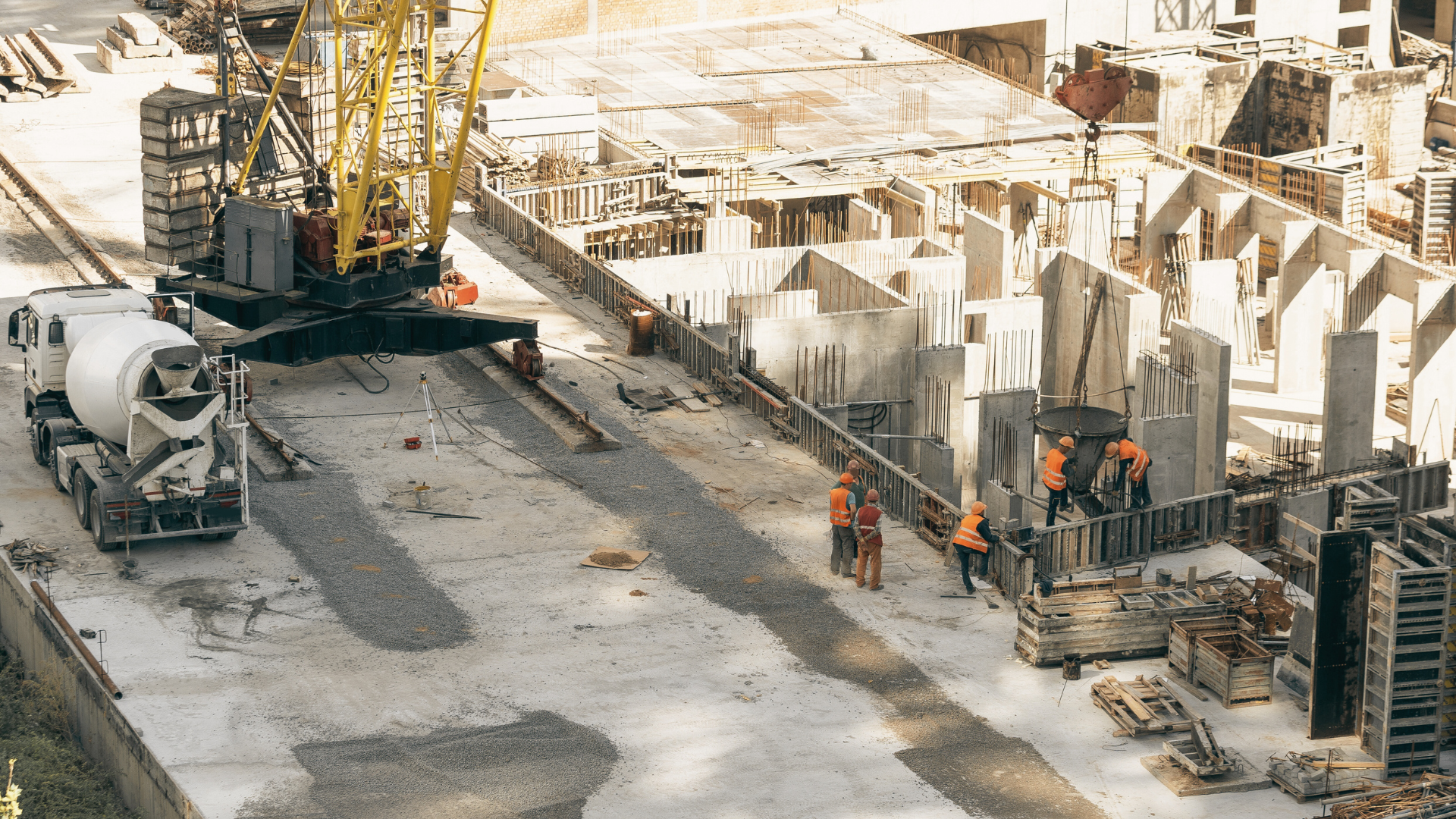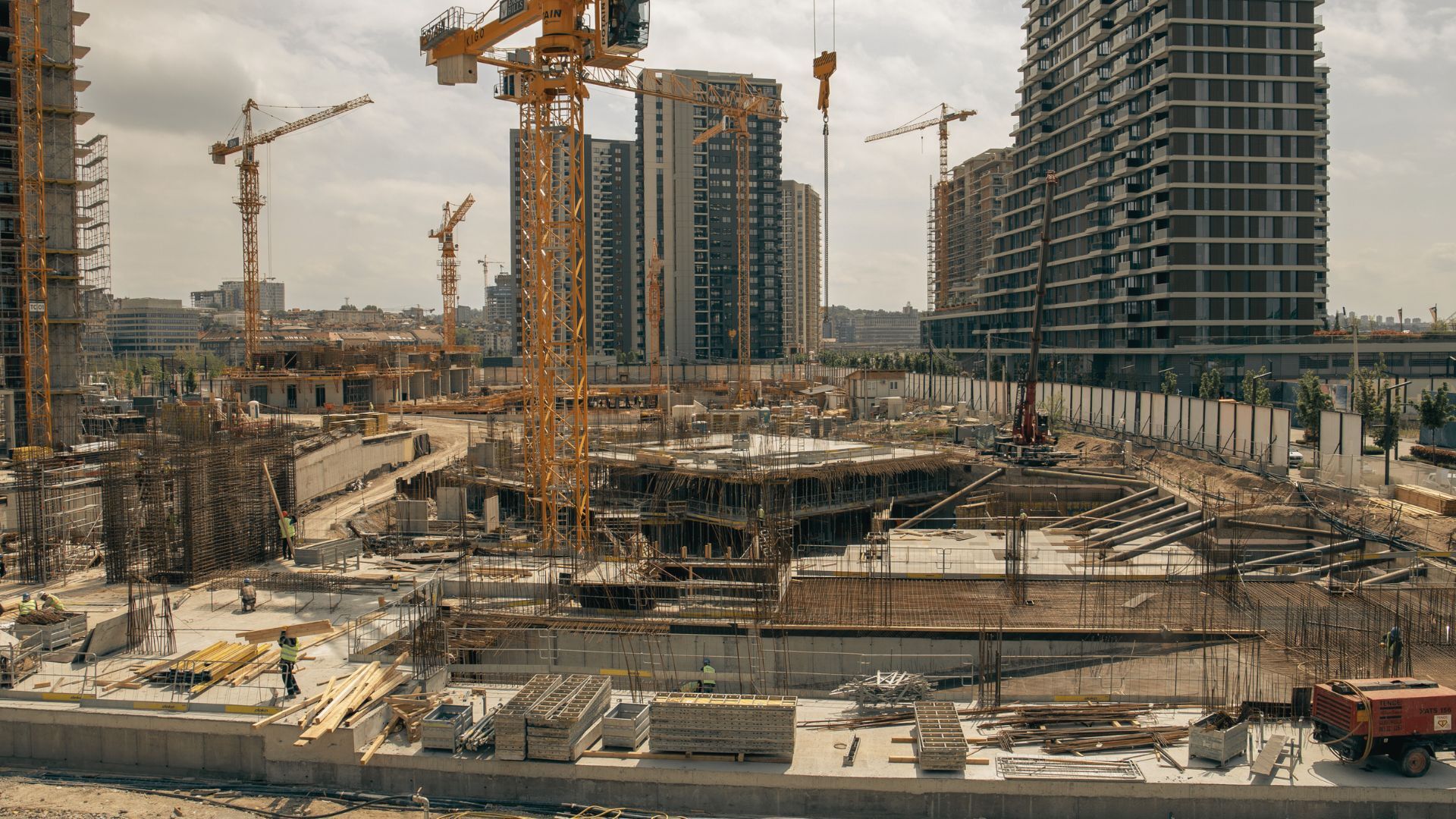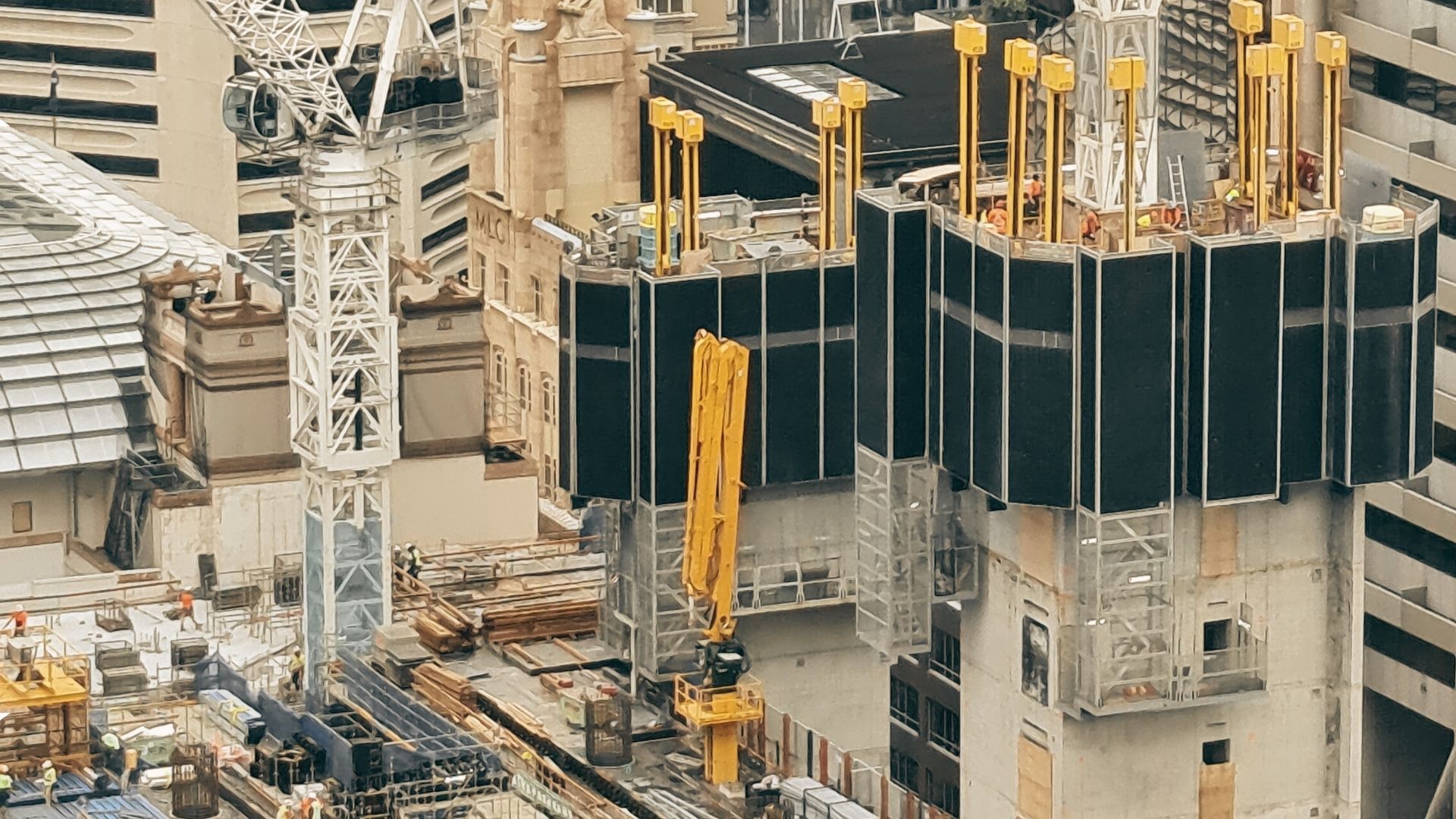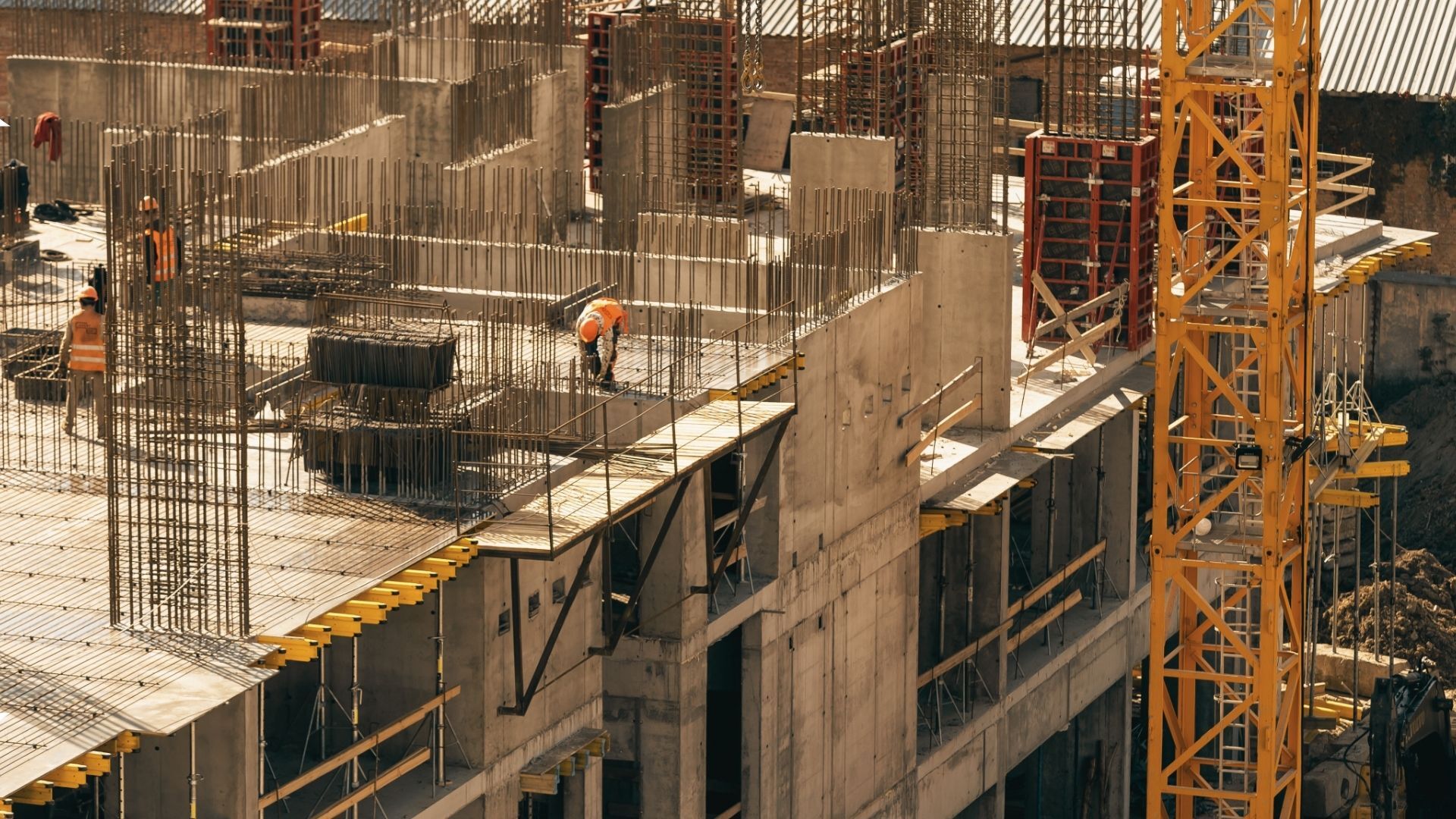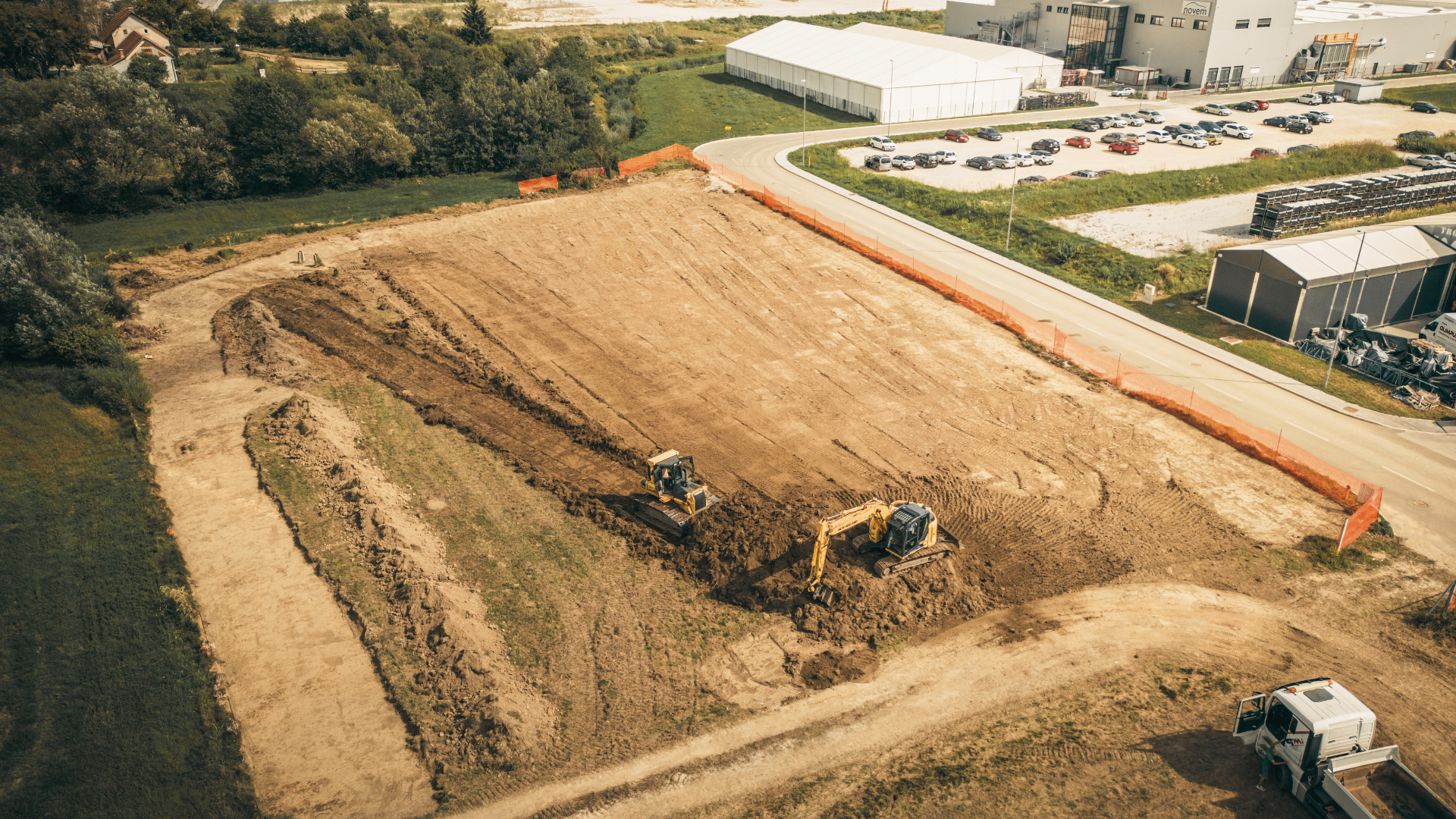Navigating the Crossroads: Policy Overhauls and Market Rebound Shape NSW Construction
This edition of The Pulse examines a NSW construction sector at a critical juncture, defined by aggressive government housing policy interventions clashing with persistent market constraints.
Overview
While building approvals and completions fall alarmingly short of ambitious state targets [6], new streamlined authorities and densification policies aim to force an increase in housing supply [4, 5]. This regulatory push occurs against a backdrop of a commercial market showing clear signs of recovery, with office and industrial assets leading a rebound driven by stabilising interest rates and renewed investor confidence [7, 10, 14]. However, significant underlying risks remain. Sydney’s status as one of the world's most unaffordable housing markets, attributed to restrictive planning policies, continues to challenge project feasibility [1, 8]. Furthermore, systemic issues, including the proliferation of non-conforming building products and ongoing labour shortages, pose significant legal and commercial threats to project delivery and long-term asset quality [3, 9]. This edition interprets these conflicting signals, providing insights into the opportunities and risks emerging from this complex environment.
The Housing Policy Gauntlet: State Intervention vs. Market Realities
The NSW government is aggressively intervening to address the state's housing crisis, but these top-down policies are colliding with entrenched market challenges. The state is falling drastically behind its goal of delivering 377,000 homes by 2029, with approvals in the first nine months of the Housing Accord reaching only 28,984 [6]. This shortfall of over 2,000 homes per month is underscored by declining completion and commencement figures [6]. Economists remain deeply skeptical of the federal government's 1.2 million homes target, citing structural barriers like slow planning approvals and high construction costs [9]. In response, the government has implemented forceful regulatory changes. The new Housing Delivery Authority (HDA) has already assessed 12 of 22 fast-tracked residential projects in the Hunter region, declaring four as State Significant Developments [4]. Simultaneously, the Low and Mid-Rise Housing (LMR) Policy is overriding local controls on Sydney’s Northern Beaches, permitting denser housing across more than 11,000 properties to spur development [5]. These interventions are a direct reaction to a market where Sydney is ranked the world's second most "impossibly unaffordable" city, a situation blamed on long-standing "urban containment policies" that restrict land supply [1, 8]. In contrast to state-led mandates, local and community-led initiatives are also emerging, such as Lismore Council’s $15,000 grants to kickstart local housing [12] and grassroots efforts to explore alternative models like land-sharing [16].
Commercial Market Rebound: Cautious Optimism Amid Economic Shifts
Confidence is returning to the NSW commercial property market, with a clear rebound underway that is expected to continue through 2026 [10]. After a period of depreciation, retail and industrial assets began recovering in late 2024, with office values turning positive in Q1 2025, particularly for core CBD assets [7, 10]. This recovery is underpinned by stabilising economic conditions and anticipated interest rate cuts from the RBA, with 88% of economists tipping a cut that would lower borrowing costs for developers and stimulate demand [1, 9]. The Sydney CBD office market is leading this upswing, with recent high-profile sales of assets like 255 George Street and 5 Martin Place providing crucial valuation benchmarks and signalling a positive outlook for prime rental growth [14]. This positive sentiment is expected to ripple out to other markets [14]. The industrial and logistics sector remains a standout performer, with resilient demand and forecasts of 8-10% rental growth in key east coast markets for 2025 [14]. The living sectors are also showing significant momentum, with nearly 16,000 build-to-rent (BTR) and student accommodation units under construction nationally, supported by favourable policy reforms such as a reduced withholding tax rate for BTR investments [7, 10].
Infrastructure Pipeline: Regional and Urban Project Momentum
A strong pipeline of government-funded infrastructure projects is creating significant opportunities for construction professionals across NSW. In a targeted boost for local works, the state government’s $50 million "Get NSW Active" program is funding 92 separate cycling and walking infrastructure projects, with local councils responsible for implementation [2]. This creates a direct pipeline for civil contractors in both metropolitan and regional areas, with 40 projects earmarked for regional NSW [2]. In the health sector, the $25 million Finley Health Service Redevelopment has advanced with the appointment of Barpa as the main works contractor, signalling the start of a major regional project [15]. This is part of a wider government commitment to regional infrastructure, which includes an additional $200.1 million for key healthcare worker accommodation across NSW [15]. In Western Sydney, the Spring Farm Parkway stage two project has reached a key milestone with the appointment of Jacobs Australia for design and environmental review, paving the way for a final business case on a project expected to divert 30,000 vehicles daily from Narellan Road [17]. Further south, Wollongong is charting a bold course to attract investment through "game changer" projects, with a new convention centre, film studio, and cruise terminal identified as strategic priorities that will require major construction investment [11].
Takeaways
Navigating Evolving Planning Frameworks
Developers and builders must remain agile in response to the NSW government's rapidly evolving planning landscape. The introduction of the Housing Delivery Authority (HDA) and the Low and Mid-Rise Housing (LMR) Policy represents a significant centralisation of planning power, overriding traditional local council controls to accelerate housing supply [4, 5]. Projects declared State Significant Developments (SSDs) under the HDA face strict timelines, requiring construction to commence within two years of approval, creating a regulatory imperative for swift action [4]. This streamlining, however, is not a guarantee of approval, as non-compliant applications are still being rejected [4]. Professionals must ensure development applications are meticulously prepared to meet the criteria of these new state-led frameworks, which operate under the broader Environmental Planning and Assessment Act 1979. The tension between state mandates and local opposition, as seen on the Northern Beaches [5], may also lead to legal challenges and requires careful risk assessment during project feasibility stages.
Product Compliance and Latent Defect Risk
The persistent risk of non-conforming building products (NCBPs) entering the supply chain places a significant legal burden on builders, designers, and developers [3]. Former NSW Building Commissioner David Chandler’s warning of a "pipeline of non-compliant products," with over 50% of a building's value potentially coming from unverified offshore materials, highlights a major liability risk [3]. Under the Design and Building Practitioners Act 2020 (DBP Act), practitioners have a statutory duty of care to ensure designs and buildings comply with the National Construction Code (NCC). The use of NCBPs can lead to severe latent defects, exposing practitioners to claims for breach of this duty for up to ten years. While regulators like Building Commission NSW conduct audits, the primary responsibility for due diligence rests with the project team [3]. Robust procurement strategies, independent product verification, and meticulous record-keeping are essential risk mitigation strategies to defend against future claims and ensure compliance.
Capitalising on Government-Funded Tenders
The significant government investment in regional and urban infrastructure creates a strong pipeline of work, but securing these contracts requires a thorough understanding of public procurement processes [2, 15, 17]. The appointment of contractors for the Finley Hospital redevelopment and consultants for the Spring Farm Parkway followed competitive tender processes, underscoring the need for bids that comply with NSW Government procurement guidelines [15, 17]. These guidelines prioritise value for money, risk management, and adherence to technical specifications. For contractors and consultants, success in this space depends on demonstrating a clear capacity to deliver on time and on budget, navigating complex environmental and community stakeholder requirements, and maintaining all necessary pre-qualifications. The "Get NSW Active" program, implemented through local governments, further requires firms to engage directly with council procurement teams, each with potentially unique processes and requirements [2].
Final Thoughts
The NSW construction industry is navigating a period of profound contradiction. On one hand, a recovering commercial market and a wave of government-funded infrastructure projects offer a clear path to growth [10, 15]. On the other, the residential sector is caught between ambitious state housing targets and the stark reality of delivery shortfalls, regulatory friction, and a deep-seated affordability crisis [6, 8]. The success of government interventions like the HDA and LMR policy will be the ultimate test of whether top-down reform can overcome systemic constraints [4, 5]. For industry professionals, the immediate future demands a dual focus: capitalising on the clear opportunities in commercial and public works while carefully managing the heightened legal and commercial risks inherent in a rapidly changing and high-pressure residential development environment.
[1]. Firstlinks. (21 May 2025). Welcome to Firstlinks Edition 612. https://www.firstlinks.com.au/welcome-firstlinks-edition-612
[2]. by Tim Hall. (20 May 2025). 92 projects funded in NSW spree. https://infrastructuremagazine.com.au/92-walking-cycling-infrastructure-projects/
[3]. The Fifth Estate | by Willow Aliento. (19 May 2025). Building product are still a risk in construction – here’s the download. https://thefifthestate.com.au/innovation/materials/building-product-are-still-a-risk-in-construction-heres-the-download/
[4]. by Jamieson Murphy. (19 May 2025). More than 20 Hunter residential developments apply for streamlined status. https://www.newcastleherald.com.au/story/8968043/hunter-developers-warm-to-nsw-housing-delivery-authority/
[5]. NT News | by Jim O'Rourke. (19 May 2025). Northern beaches’ town centres including Dee Why, Forestville, Mona Vale set for thousands more homes. https://www.ntnews.com.au/news/nsw/northern-beaches-town-centres-including-dee-why-forestville-mona-vale-set-for-thousands-more-homes/news-story/e2350a3c6bba3baff9a81e34ce0ed19f?btr=6c1f00e6cf99b020a683fdb8ac84731e
[6]. News.com.au | by Taylor Troeth. (19 May 2025). NSW building approvals fall behind targets. https://www.news.com.au/finance/real-estate/sydney-nsw/nsw-building-approvals-fall-behind-targets/news-story/f2be5c739a6c53088071eca03b3a9291?btr=317e3b1b04fc34de5ac8a542f938fcef
[7]. COMMO. (21 May 2025). New cycle, new risks: return to growth as trade tremors unfold - Knight Frank. https://www.commo.com.au/news/2025/05/21/new-cycle-new-risks-return-growth-trade-tremors-unfold-knight-frank/1747801292
[8]. NT News | by Emma Kirk. (16 May 2025). Housing in four major Aussie cities rated impossibly unaffordable by new study. https://www.ntnews.com.au/news/breaking-news/housing-in-four-major-aussie-cities-rated-impossibly-unaffordable-by-new-study/news-story/2bc4a805032e41fc9b6c51ede8b6669b?btr=5fffa8e4dabb63c76f941ba4e5e8b118
[9]. Elite Agent | by Catherine Nikas-Boulos. (16 May 2025). Finder survey: 88% of economists tip rate cut as housing sector watches closely. https://eliteagent.com/rba-rate-cut-prediction-2025/
[10]. Kanebridge News. (Date N/A). Commercial Property Market Set to Rebound Through 2026. https://kanebridgenews.com/commercial-property-market-set-to-rebound-through-2026/
[11]. PS News. (16 May 2025). ‘Brave, not perfect’: New tourism boss charts bold course for Wollongong. https://psnews.com.au/brave-not-perfect-new-tourism-boss-charts-bold-course-for-wollongong/158986/
[12]. Lismore App. (Date N/A). Council offers $15,000 grants to kickstart local housing. https://lismoreapp.com.au/NewsStory/council-offers-15-000-grants-to-kickstart-local-housing/68253b70a2a58a002db5cc6a
[13]. Architecture and Design | by View Author. (Date N/A). Sydney Build 2025: How Australia’s biggest festival of construction raised the bar. https://www.architectureanddesign.com.au/editorial/industry-news/sydney-build-2025-how-australias-biggest-festival-of-construction-raised-the-bar
[14]. by Christopher Niesche. (15 May 2025). An investor’s guide to commercial real estate. https://www.commercialrealestate.com.au/news/cre-collective-investors-guide-to-cre_p-9-1378522/
[15]. Benalla Ensign | by Contributed. (21 May 2025). Hospital contractor appointed. https://www.benallaensign.com.au/news/hospital-contractor-appointed/
[16]. Australian Rural & Regional News. (Date N/A). Land sharing, affordable housing and community. https://arr.news/2025/05/20/land-sharing-affordable-housing-and-community/
[17]. South West Voice. (20 May 2025). Spring Farm Parkway stage two a step closer. https://southwestvoice.com.au/spring-farm-parkway-stage-two/
The Pulse collates the latest news and opinions from third-party sources. Links, snippets or text are generated by an artificial intelligence engine. The Pulse aggregates news reports and does not claim to have copyright to the content. We have not fact-checked that content and cannot vouch for its accuracy or completeness. Nor do we endorse the opinions expressed by the authors or primary publishers. The content is provided as general information only and should not be relied on as a substitute for professional advice. You should contact the source to verify any factual content as well as taking specialist advice that takes your personal objectives and circumstances into account.
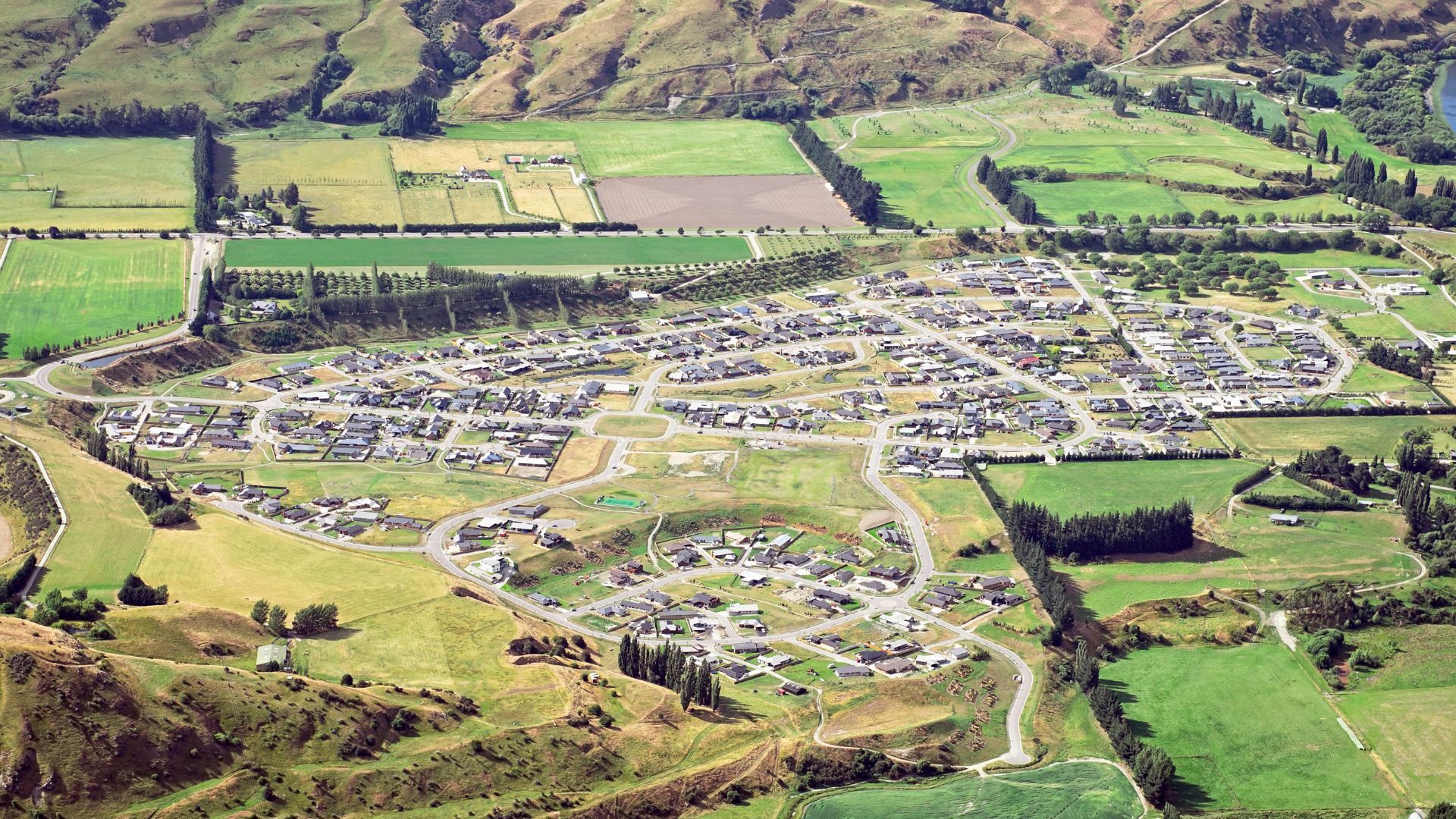



.png)

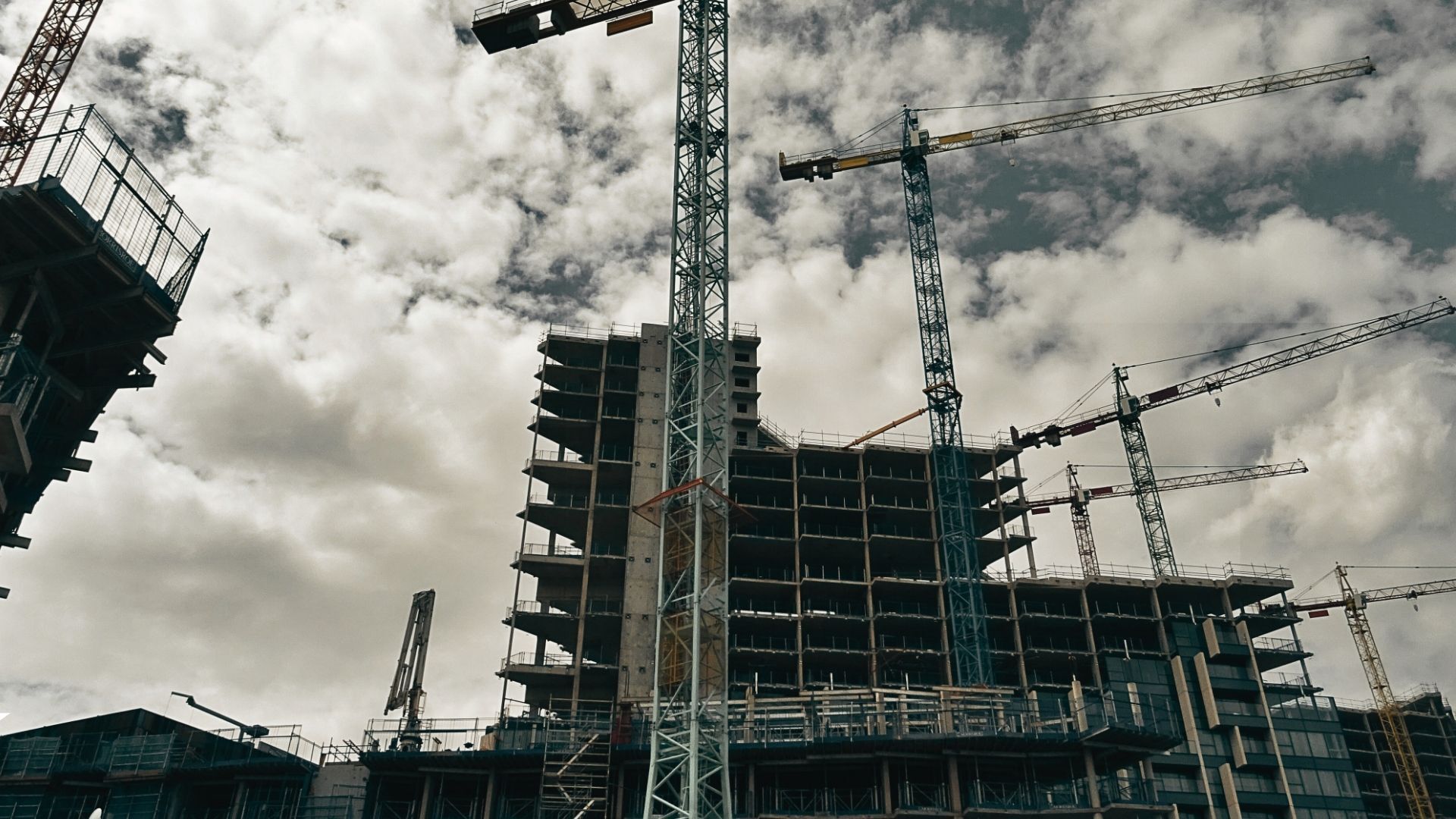
.jpg)




